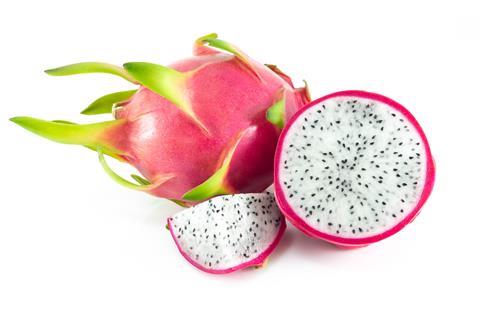eBeam Agroindustrial plant in Aguascalientes exported the first shipment of X-ray irradiated pitahayas
Mexico has exported its first consignment of pitahaya to the US using a pioneering new phytosanitary treatment.

The eBeam Agroindustrial plant in Aguascalientes has successfully processed and exported the first shipment of X-ray irradiated pitahayas, a phytosanitary treatment approved by US and Mexican plant health authorities, USDA/Aphis and Senasica, that guarantees the safety and quality of the product.
This innovative process, led by e-Agroindustrial, represents a major leap forward for Mexican fruit exports. The Aguascalientes facility is unique in its technology and size in that it can irradiate up to 25,000lbs of fruit per hour without the need to depalletise the product, something no other plant in Latin America offers.
“Other plants must depalletise the product, which slows down the process and increases the risk of contamination,” said Manuel Alejandro González Martínez, director of e-Agroindustrial.
The Aguascalientes plant uses electricity to accelerate electrons and emit X-rays. “We don’t use radioactive sources that are never extinguished. Our machine runs on electricity and can be turned off with a switch, without waste or contamination,” González Martínez said.
Electronic irradiation is controlled by software to ensure precise dosage, avoiding damage to the fruit’s organoleptic properties such as flavour, texture, and aroma. Furthermore, the process generates no waste, contaminated water, or atmospheric emissions, making it more sustainable than traditional irradiation.
Thirteen Mexican fruits must currently be irradiated before being exported to the US, including mangoes, guavas, figs, pomegranates, limes and grapefruit.



